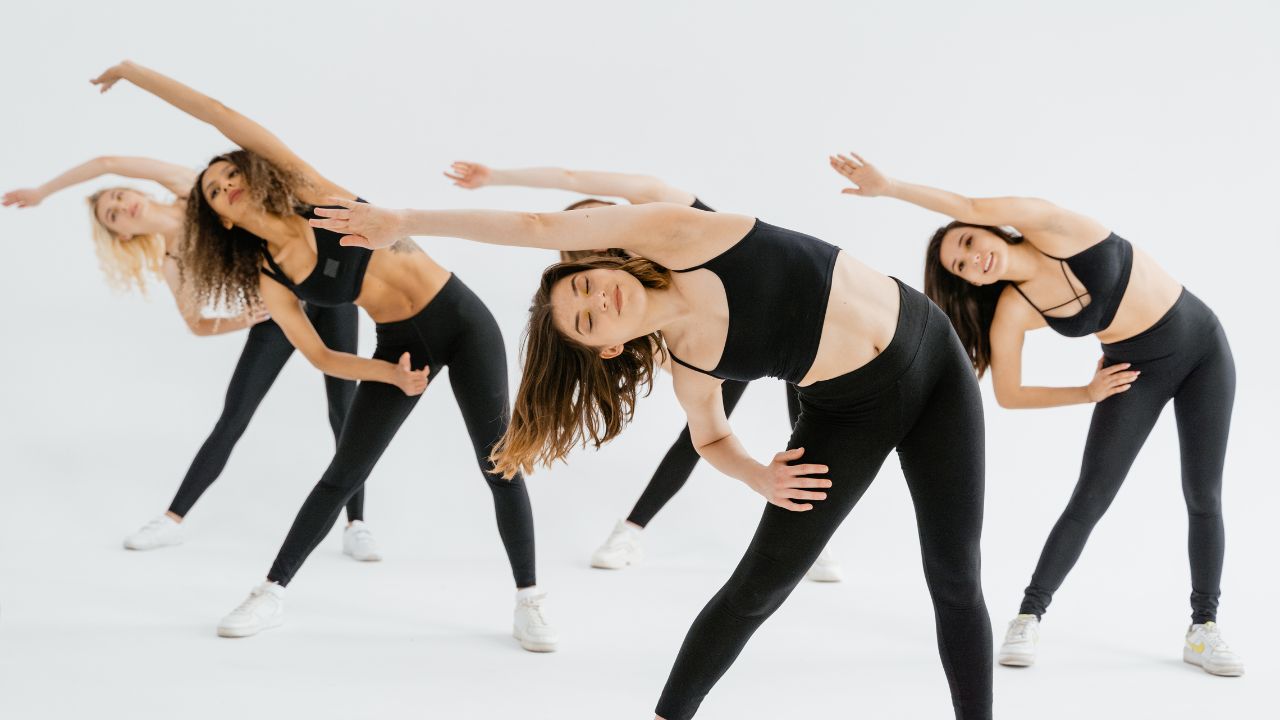
Are you tired of feeling stiff and sluggish during your workouts?
Imagine this: you arrive at the gym, ready to conquer your fitness goals. But before you dive into your routine, you need a proper warm-up. That's where we come in.
In this article, we'll guide you through the top 10 essential warm-up exercises that will unleash your preparation and set you free to achieve your best workout yet.
Get ready to feel the burn and elevate your fitness game!
The Importance of Warm-Up Exercises
Before you begin your workout, it's important to understand the significance of warm-up exercises. Warm-up exercises are crucial for preparing your body and mind for the upcoming physical activity. They serve as a way to gradually increase your heart rate, improve blood circulation, and loosen up your muscles.
By incorporating warm-up exercises into your routine, you can experience a wide range of benefits. Firstly, warm-ups help to prevent injuries by preparing your body for the intense workout ahead. They also enhance your performance by increasing your flexibility, strength, and endurance. Additionally, warm-up exercises can improve your overall workout experience by reducing muscle soreness and improving your range of motion.
To ensure an effective warm-up, it's important to focus on dynamic stretching and movements that mimic the exercises you'll be doing during your workout. Remember to start with lighter intensity exercises and gradually increase the intensity as you go.

Dynamic Stretching for Flexibility
To enhance your flexibility and improve your workout performance, incorporate dynamic stretching exercises into your routine.
Dynamic stretching techniques involve moving your body through a full range of motion to activate and warm up your muscles. Unlike static stretching, where you hold a stretch for a prolonged period, dynamic stretching helps to increase your heart rate, blood flow, and body temperature, preparing you for more intense physical activity.
Dynamic stretching also helps to improve your flexibility by lengthening and elongating your muscles, making them more pliable and less prone to injury.
By regularly incorporating dynamic stretching into your warm-up routine, you can experience the benefits of flexibility training, such as improved joint mobility, enhanced athletic performance, and reduced muscle soreness.
Activating and Engaging the Core Muscles
Get ready to fire up your core muscles and strengthen your midsection with these essential warm-up exercises.
Activating and engaging your core muscles is crucial for maintaining proper form and stability during your workout. Core stability is the foundation of all movements and plays a key role in preventing injuries.
By incorporating exercises that target your core, you can improve your overall core strength and enhance your performance in various activities.
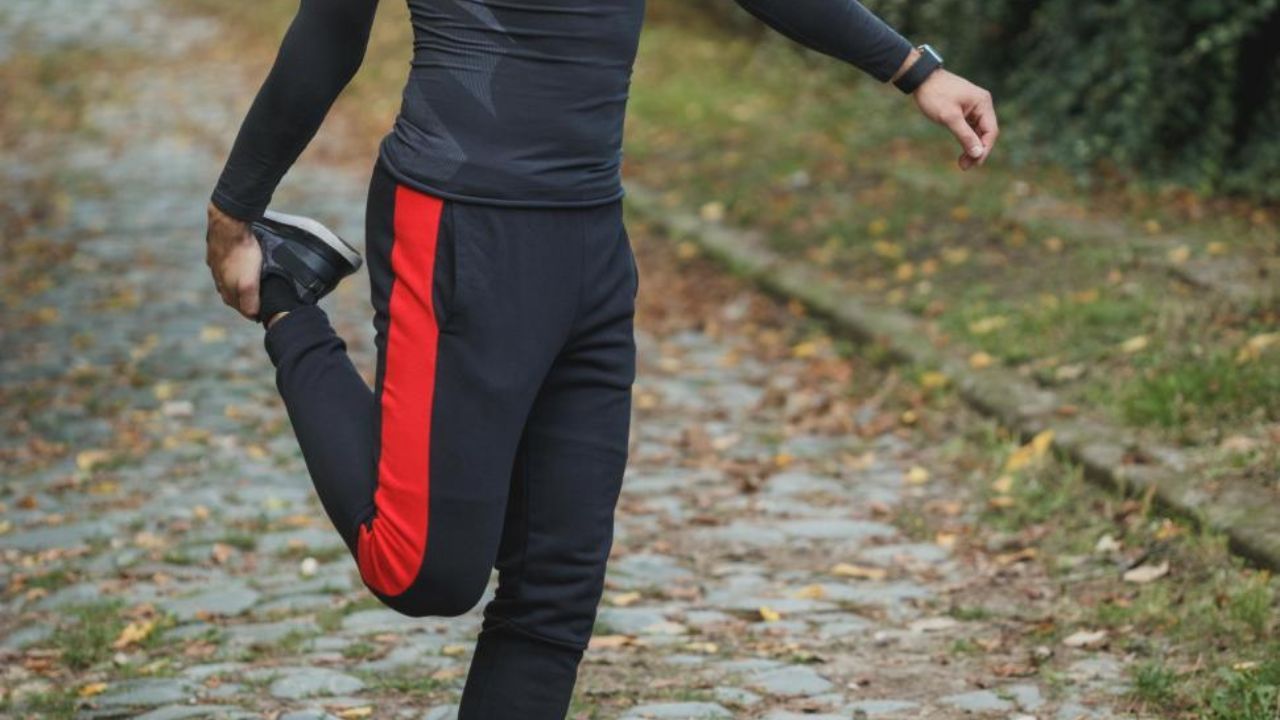
Start by performing exercises like plank variations, bird dogs, and Russian twists to activate your deep core muscles. These exercises won't only warm up your core but also improve your balance and stability.
Remember to engage your core throughout your workout to maximize your strength and power.
Mobilizing the Joints: A Pre-Workout Must
Start by performing a few dynamic stretches to effectively mobilize your joints before your workout. This is a crucial step in preparing your body for exercise, as it helps to improve joint mobility and stability. By incorporating these exercises into your warm-up routine, you can reduce the risk of injury and enhance your overall performance.
Here are four essential exercises to include in your pre-workout routine:
Arm Circles: Stand with your feet shoulder-width apart and extend your arms out to the sides. Begin by making small circles with your arms, gradually increasing the size of the circles. This exercise helps to loosen up the shoulder joints and improve their range of motion.
Leg Swings: Stand next to a wall or a sturdy object for support. Swing one leg forward and backward, allowing your hip joint to move freely. Repeat on the other leg. This exercise helps to increase hip mobility and stability.
Wrist Circles: Extend your arms in front of you and rotate your wrists in a circular motion. This exercise helps to improve wrist mobility and stability, which is especially important for activities that involve gripping and lifting.
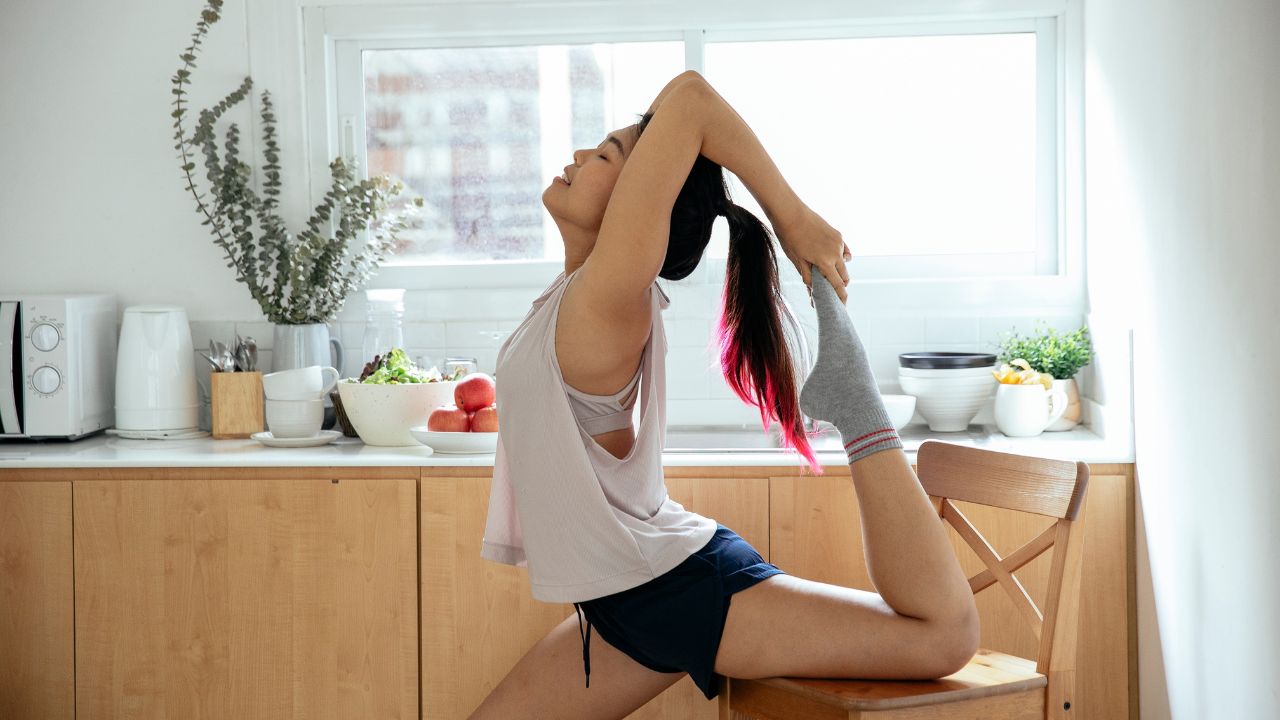
Ankle Rolls: Sit on the edge of a chair or bench and extend one leg in front of you. Rotate your ankle in a circular motion, first in one direction and then in the other. Repeat on the other leg. This exercise helps to improve ankle mobility and stability, which is crucial for activities like running and jumping.
Incorporating these dynamic stretches into your warm-up routine will help to effectively mobilize your joints, improve their range of motion, and enhance joint stability. Remember to perform each exercise in a controlled manner and listen to your body's feedback. Happy warming up!
Enhancing Blood Flow and Circulation
Keep your body moving and active during your warm-up to maximize blood flow and circulation. Enhancing blood flow and circulation is essential for boosting endurance and improving athletic performance.
When you engage in physical activity, your muscles require an adequate supply of oxygen and nutrients to perform optimally. By increasing blood flow, you can ensure that your muscles are receiving the necessary fuel for energy production.
Incorporating exercises like jumping jacks, high knees, and jogging in place can help get your heart pumping and stimulate blood flow throughout your body. Additionally, dynamic stretches such as leg swings and arm circles can further enhance circulation by promoting the dilation of blood vessels.
Warming Up the Lower Body: Legs and Glutes
To properly warm up your lower body before a workout, it's important to focus on leg strengthening exercises and glute activation techniques. Strengthening your legs will help improve stability and prevent injuries, while activating your glutes will ensure proper muscle activation during your workout.
Incorporate exercises like squats, lunges, and hip bridges into your warm-up routine to effectively prepare your legs and glutes for the upcoming workout.

Leg Strengthening Exercises
Get ready to strengthen your legs and glutes with these essential warm-up exercises before your workout. Building leg muscle strength is crucial for improving your overall performance and preventing injury. Here are four leg strengthening exercises that will help you achieve your goals:
Squats: This classic exercise targets the muscles in your thighs, hamstrings, and glutes. It improves leg stability and increases muscle strength.
Lunges: Lunges work your quadriceps, hamstrings, and glutes. They also improve balance and stability, making them an excellent warm-up exercise.
Step-ups: Step-ups engage your quadriceps, hamstrings, and glutes while also improving your balance. You can use a bench or a step to perform this exercise.
Calf raises: Calf raises target your calf muscles and help improve ankle stability. They're an effective warm-up exercise before any leg-focused workout.
Incorporating these leg strengthening exercises into your warm-up routine will prepare your lower body for a more intense workout and help you reach your fitness goals.
Glute Activation Techniques
Activate your glutes and prepare your lower body for an effective workout with these essential warm-up techniques.
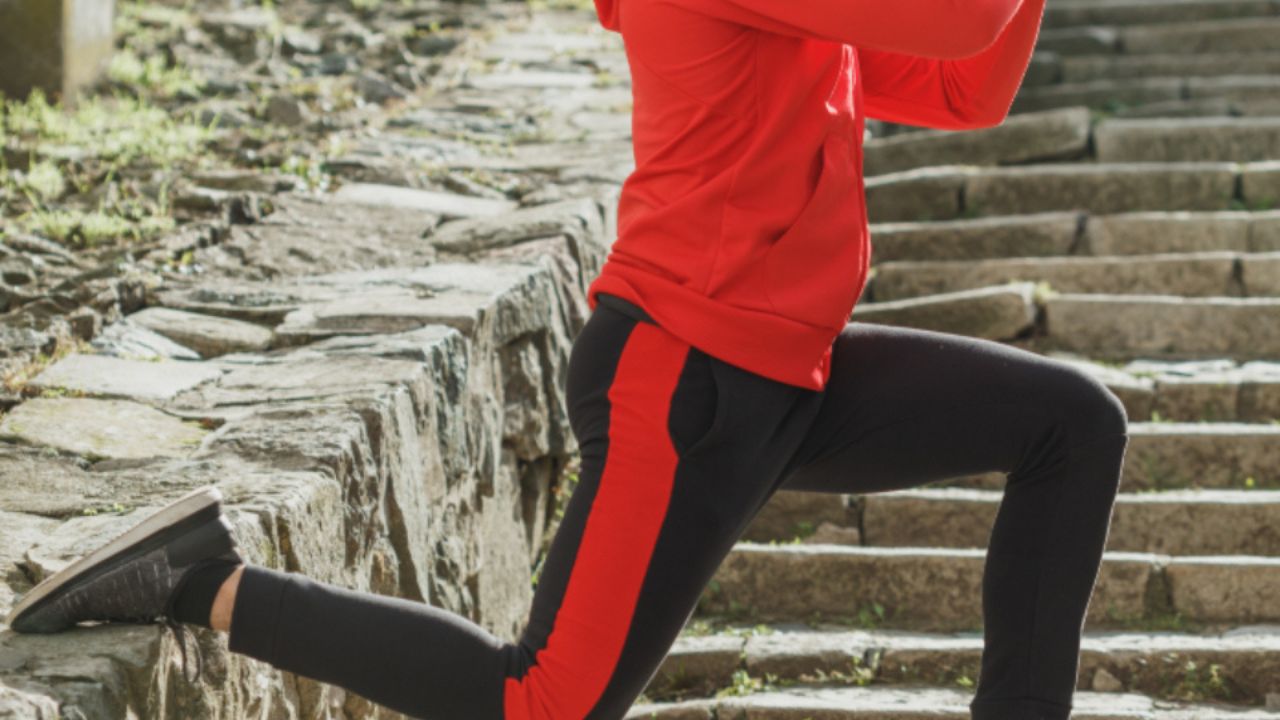
Glute activation techniques are crucial for maximizing the performance of your lower body and preventing injuries.
To activate your glutes, start with glute bridges. Lie on your back, bend your knees, and lift your hips off the ground, squeezing your glutes at the top.
Another effective exercise is the clamshell. Lie on your side with your knees bent and feet together. Open your top knee, keeping your feet together, and squeeze your glutes.
Don't forget about the fire hydrant exercise. Start on all fours and lift one leg out to the side, keeping your knee bent at a 90-degree angle.
These glute strengthening exercises will ensure your glutes are activated and ready to support your lower body during your workout.
Preparing the Upper Body: Shoulders, Arms, and Chest
To properly prepare your upper body for a workout, it's important to focus on three key areas: shoulders, arms, and chest.
Shoulder mobility exercises can help improve flexibility and range of motion, reducing the risk of injury during lifting or pushing movements.
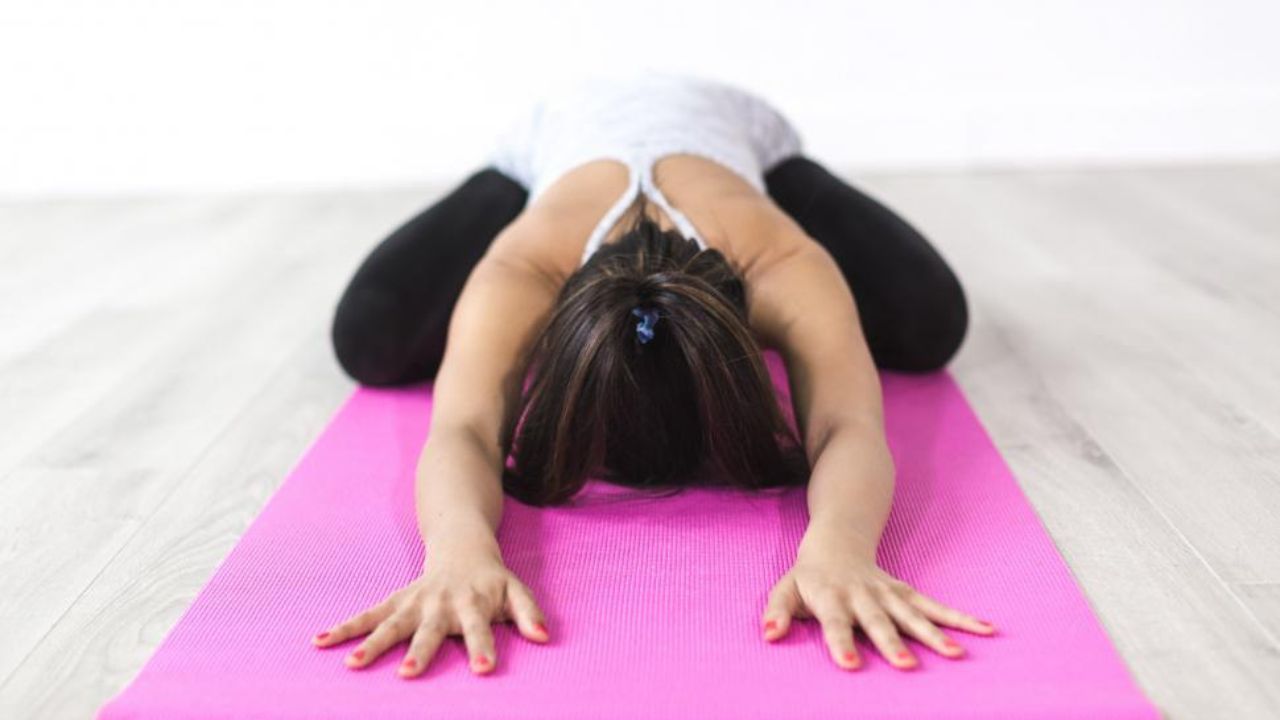
Arm strengthening routines, such as bicep curls and tricep dips, can help build muscle and increase overall upper body strength.
Shoulder Mobility Exercises
Loosen up your shoulders by performing these dynamic stretching exercises. The shoulder joint is a complex structure that allows for a wide range of motion, making it important to incorporate shoulder mobility exercises into your warm-up routine. These exercises not only help to improve flexibility and range of motion but also reduce the risk of injury during your workout.
Here are four shoulder mobility exercises to add to your warm-up:
Arm Circles: Stand with your feet shoulder-width apart and extend your arms out to the sides. Begin making small circles with your arms, gradually increasing the size of the circles. Repeat in the opposite direction.
Shoulder Rolls: Stand tall and roll your shoulders forward in a circular motion. Repeat in the opposite direction.
Shoulder Stretch: Extend one arm across your chest and use your other hand to gently pull it towards your body. Hold for 15-30 seconds and repeat on the other side.
Wall Angels: Stand with your back against a wall and raise your arms to shoulder height. Slowly slide your arms up the wall, keeping your elbows and wrists in contact with the wall. Lower your arms back down and repeat.
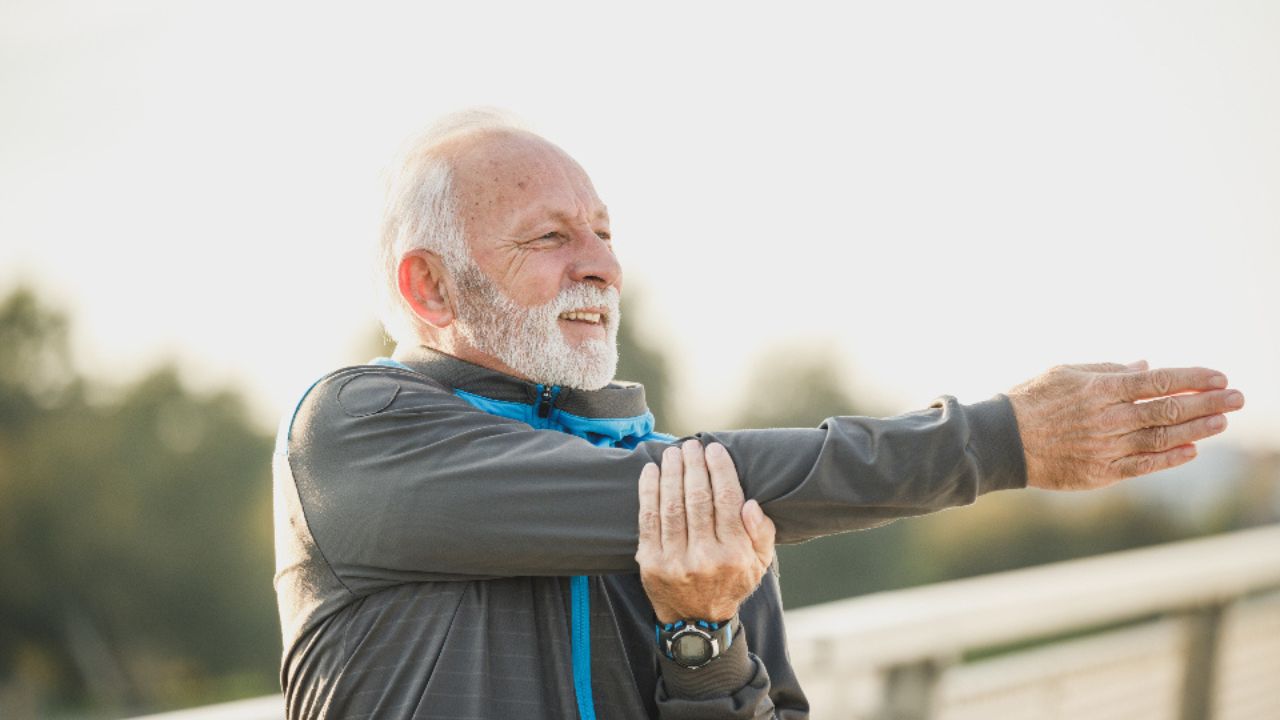
Incorporating these shoulder mobility exercises into your warm-up routine will help to prepare your upper body for your workout, allowing you to move freely and with confidence.
Arm Strengthening Routines
Start your upper body warm-up by incorporating these arm strengthening routines to prepare your shoulders, arms, and chest for your workout. Strengthening your arms is crucial for a well-rounded upper body workout.
Not only will strong arms improve your overall strength and power, but they also play a key role in many everyday activities. To kickstart your arm strengthening routine, begin with bicep curls using dumbbells or resistance bands. This exercise targets your biceps and forearms, helping to build muscle and improve grip strength.
Tricep dips are another effective exercise that targets the back of your arms, helping to tone and define the triceps. Push-ups are a classic exercise that not only strengthen your arms but also engage your chest and core.
Chest Activation Drills
Activate your chest muscles and prepare your upper body for your workout with these essential drills. Chest activation exercises are crucial for a successful workout as they help increase blood flow to the muscles and improve your range of motion. Here are four effective chest warm-up exercises that will help you get the most out of your training session:
Push-Ups: This classic exercise targets your chest, shoulders, and arms, activating the muscles and warming them up for your workout.
Chest Stretch: Stand tall and interlock your fingers behind your back. Gently squeeze your shoulder blades together and lift your chest, feeling a stretch in your chest muscles. Hold for 15-30 seconds.
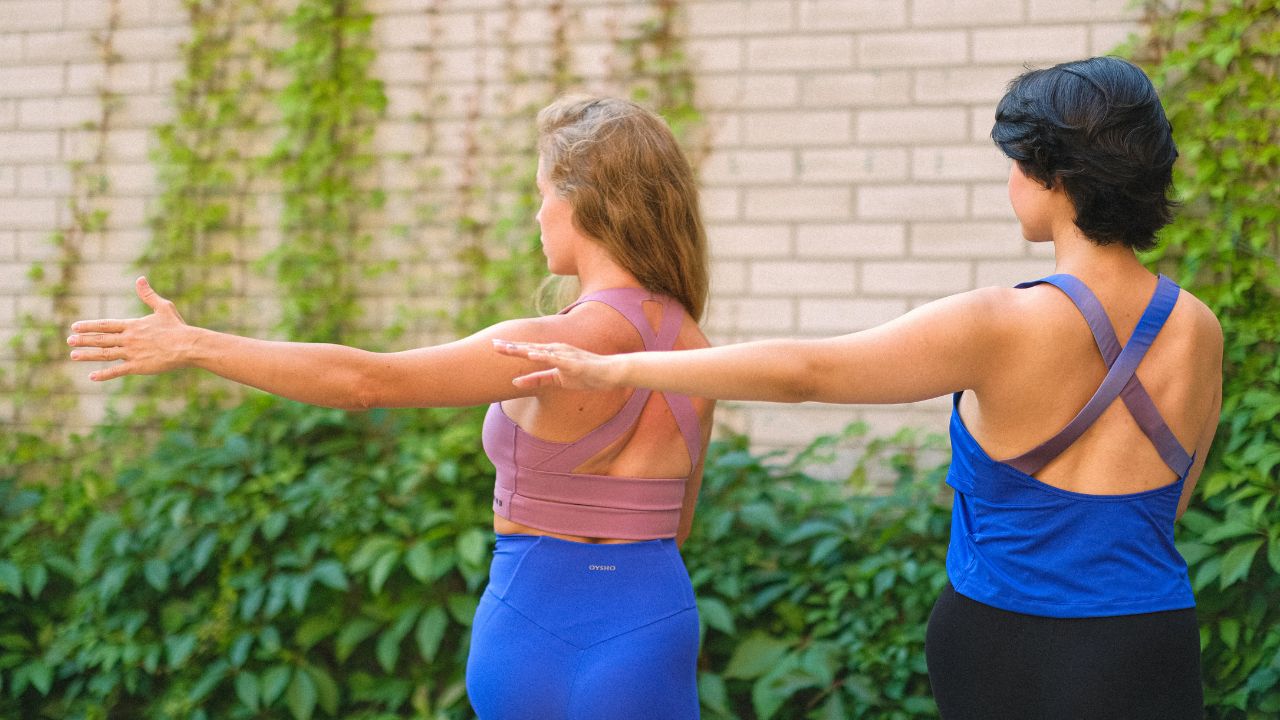
Arm Circles: Stand with your feet shoulder-width apart and extend your arms out to the sides. Make small circles with your arms, gradually increasing the size. This exercise activates your chest and shoulders.
Medicine Ball Chest Pass: Stand facing a wall, holding a medicine ball at chest level. Push the ball forcefully against the wall and catch it as it bounces back. This exercise engages your chest muscles and improves upper body power.
Incorporating these chest activation exercises into your warm-up routine will enhance your workout performance and help prevent injuries. Enjoy the freedom and benefits of a well-prepared upper body!
Dynamic Movements to Boost Heart Rate
Get your heart pumping with these dynamic movements to boost your heart rate before your workout. By incorporating these exercises into your warm-up routine, you won't only increase your cardiovascular health but also enhance your endurance.
Dynamic movements are designed to engage multiple muscle groups and elevate your heart rate, preparing your body for the intensity of your workout. Start with high knees, jogging in place while lifting your knees as high as possible.
Follow it up with butt kicks, kicking your heels towards your glutes. Jumping jacks are another effective exercise to get your heart rate up. Stand with your feet together, then jump and spread your legs while raising your arms overhead.
Embrace the freedom to challenge yourself and boost your heart rate with these dynamic movements.
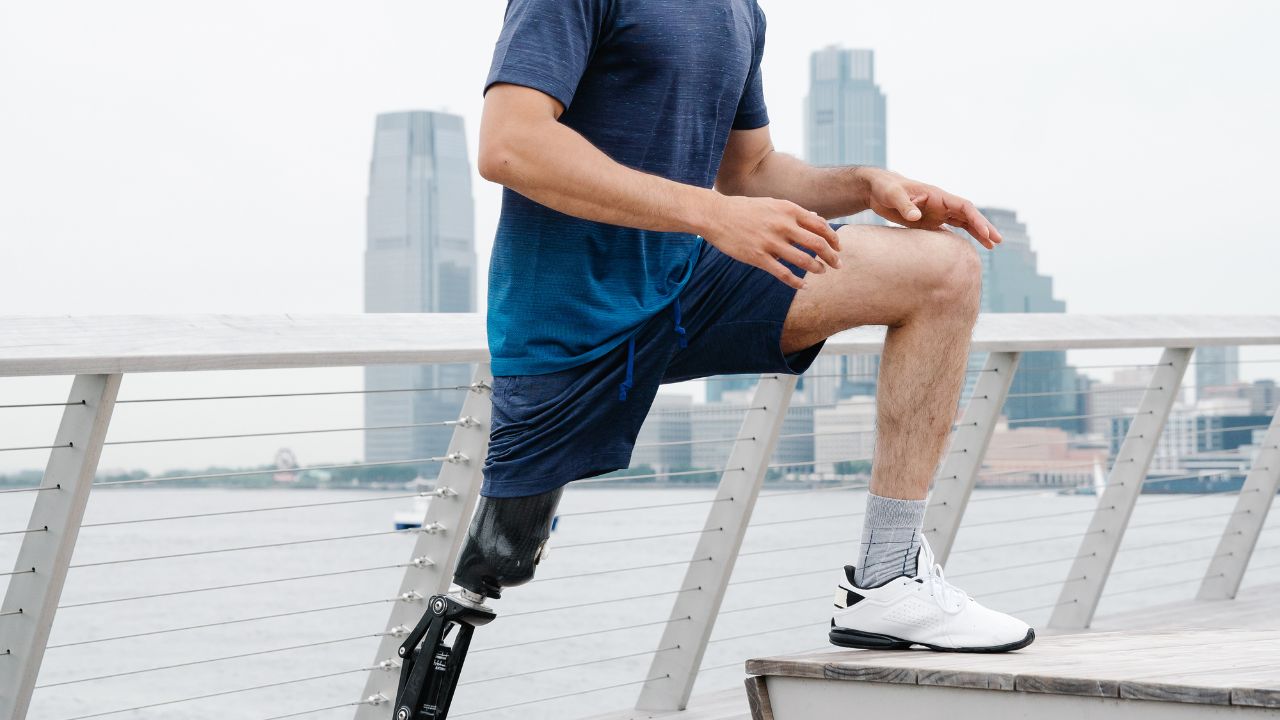
Plyometric Exercises for Explosive Power
Get ready to unleash your explosive power with plyometric exercises!
These exercises are a favorite among athletes for their ability to enhance speed, agility, and power.
Unlike traditional exercises, plyometrics involve quick, explosive movements that activate the stretch-shortening cycle in your muscles, resulting in improved performance.
Plus, incorporating plyometric exercises into your workout routine can help prevent injuries by strengthening your muscles and improving coordination.
Plyo Benefits for Athletes
Maximize your athletic potential by incorporating plyometric exercises into your training routine. Plyometric exercises, also known as plyo, are an effective way to develop explosive power and improve your overall performance as an athlete.
Here are four key benefits of plyometric exercises for athletes:
Plyo for endurance: Plyometric exercises engage your fast-twitch muscle fibers, which are responsible for generating quick and powerful movements. By incorporating plyo into your training, you can enhance your endurance and sustain high-intensity activities for longer periods.
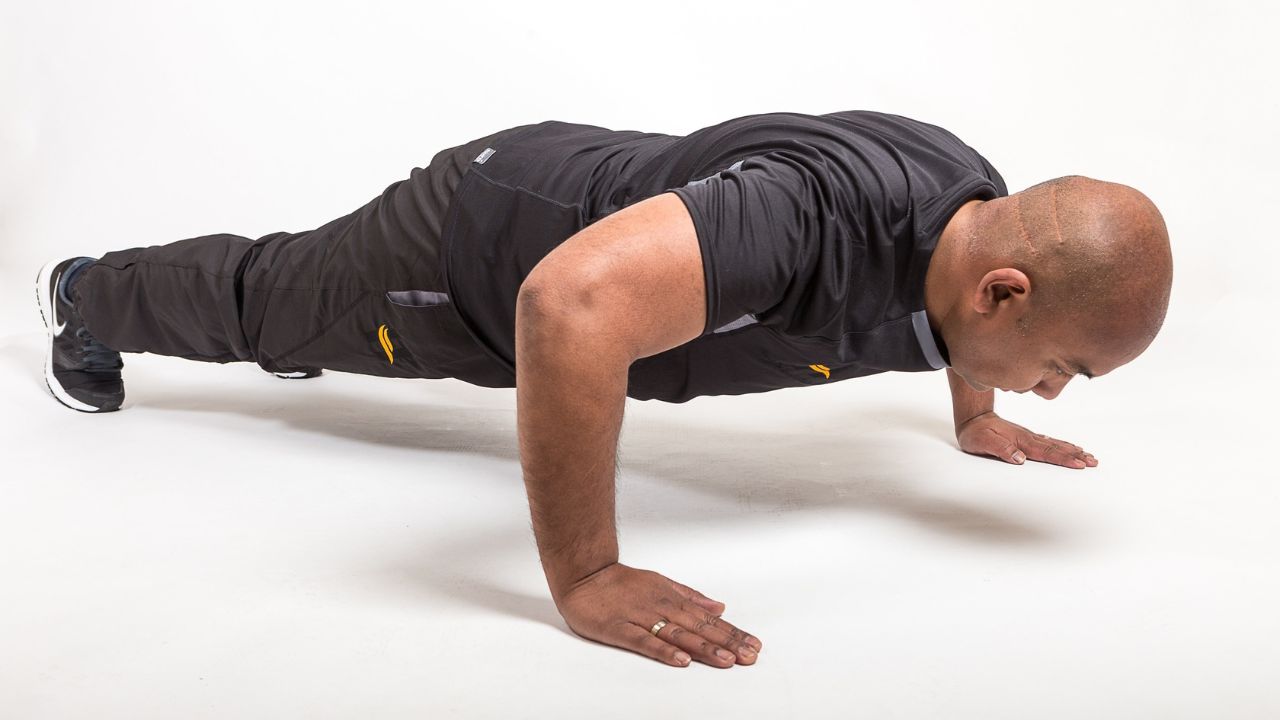
Plyo for speed: Plyometric exercises focus on improving your speed and agility by training your muscles to contract rapidly and forcefully. This can translate into faster sprint times and improved reaction time on the field or court.
Increased power output: Plyometric exercises involve explosive movements that require a significant amount of force production. By consistently practicing plyo exercises, you can increase your power output, allowing you to generate more force with each movement.
Injury prevention: Plyometric exercises not only enhance athletic performance but also help in injury prevention. By improving your muscle strength and coordination, plyo exercises can reduce the risk of common sports-related injuries, such as sprains and strains.
Incorporating plyometric exercises into your training routine can provide you with the explosive power, speed, endurance, and injury prevention necessary to take your athletic performance to the next level. So, unleash your potential and start reaping the benefits of plyo today!
Plyo Versus Traditional Exercises
Try incorporating a few plyometric exercises into your workout routine to enhance your explosive power compared to traditional exercises. Plyometric training, also known as plyo training, involves quick, explosive movements that help improve speed, power, and agility. One of the main benefits of plyo training is its ability to activate the fast-twitch muscle fibers, which are responsible for generating explosive power. By engaging these muscle fibers, plyo exercises can greatly enhance your athletic performance.
Additionally, plyo exercises are a great way for beginners to start building strength and power. Some beginner-friendly plyo exercises include squat jumps, box jumps, and medicine ball slams. These exercises not only improve explosive power but also help in increasing coordination, balance, and overall athleticism.
Injury Prevention With Plyo
To prevent injuries and improve your explosive power, incorporate plyometric exercises into your warm-up routine. Plyometric exercises, also known as plyo, involve quick and powerful movements that help enhance your strength, speed, and agility. Here are four reasons why plyo is beneficial for injury prevention and overall fitness:
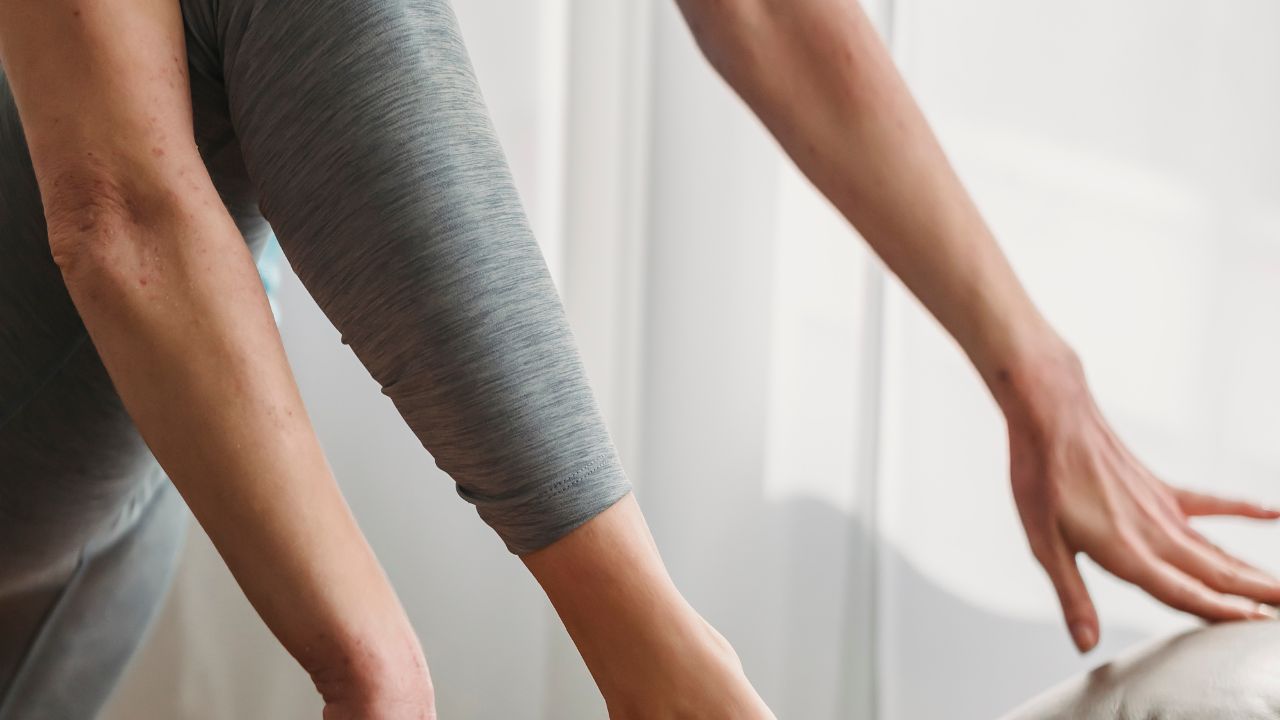
Plyo for injury prevention: Plyometric exercises engage the muscles and joints in a dynamic way, improving their ability to absorb shock and reducing the risk of injury during high-intensity activities.
Plyo for explosive power: Plyometric exercises involve rapid muscle contractions, which help build explosive power and increase your athletic performance.
Plyo for weight loss: Plyometric exercises are intense and require a lot of energy, making them great for burning calories and aiding in weight loss.
Plyo for speed and agility: Plyometric exercises focus on quick and explosive movements, which can enhance your speed, agility, and overall athletic ability.
Incorporating plyo exercises into your warm-up routine can help you prevent injuries, improve your explosive power, and achieve your fitness goals.
Incorporating Balance and Coordination Exercises
Are you incorporating balance and coordination exercises into your warm-up routine? If not, you may be missing out on some important benefits.
Balance training and coordination drills are essential for improving your overall physical performance and reducing the risk of injury. By incorporating these exercises into your warm-up, you can enhance your body's ability to maintain stability and control during your workout.
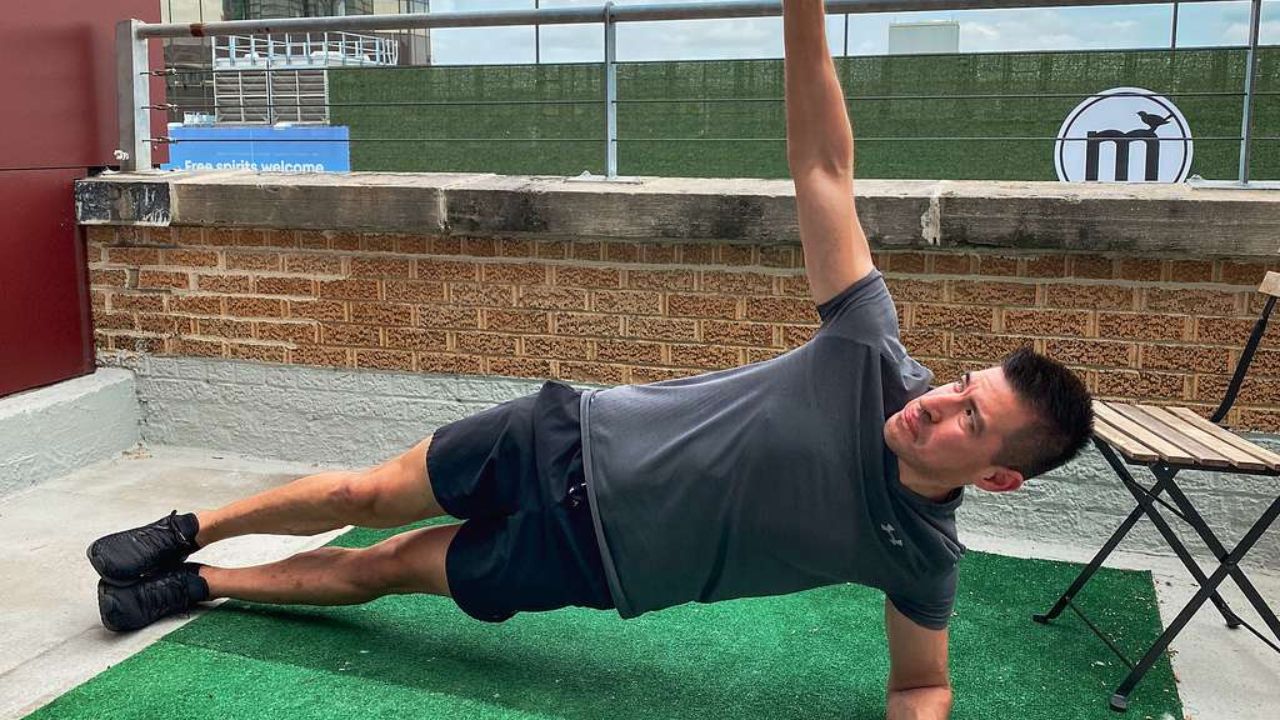
Balance training exercises, such as standing on one leg or using a balance board, can help improve your proprioception and stability. Coordination drills, such as ladder drills or agility ladder exercises, can enhance your ability to move quickly and efficiently.
Frequently Asked Questions
How Long Should a Warm-Up Last Before a Workout?
To properly warm up before a workout, it's important to understand how long it should last. A good rule of thumb is to aim for 10-15 minutes, allowing your muscles to loosen up and prepare for the upcoming activity.
Are Warm-Up Exercises Necessary for Every Type of Workout?
Warm-up exercises are necessary for every type of workout. They provide benefits such as injury prevention and improving performance. Don't skip your warm-up; it sets you up for a successful and injury-free workout.
Can I Skip Warm-Up Exercises if I'm Short on Time?
You may be tempted to skip warm-up exercises due to time constraints, but it's not recommended. Skipping warm-ups increases injury risks and decreases the benefits of your workout. Take a few minutes to warm up properly to maximize your freedom to move.
What Are Some Common Warm-Up Mistakes to Avoid?
Avoid common warm-up mistakes to maximize the effectiveness of your workout. Proper warm-up techniques are crucial for preventing injuries and optimizing performance. Don't rush or neglect warm-up exercises, take the time to prepare your body correctly.
Are There Any Specific Warm-Up Exercises for Different Sports or Activities?
For different sports or activities, there are specific dynamic warm-up exercises that can help prepare your body for the specific movements and demands of the activity. Static stretching exercises may also be incorporated for improved flexibility.
 Mobility trainingHome Fitness RecoverySports Injury PreventionPersonal Physical TherapyOrthopedic SolutionsPrivacy PolicyTerms And Conditions
Mobility trainingHome Fitness RecoverySports Injury PreventionPersonal Physical TherapyOrthopedic SolutionsPrivacy PolicyTerms And Conditions
